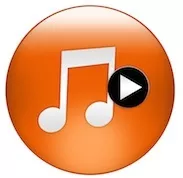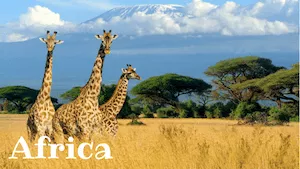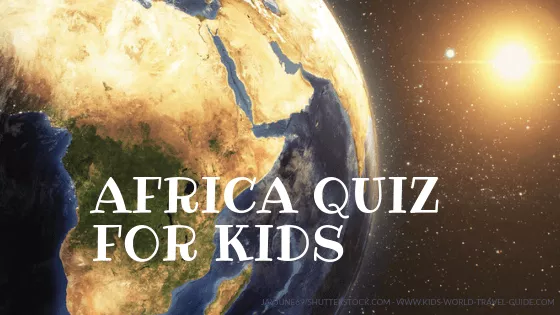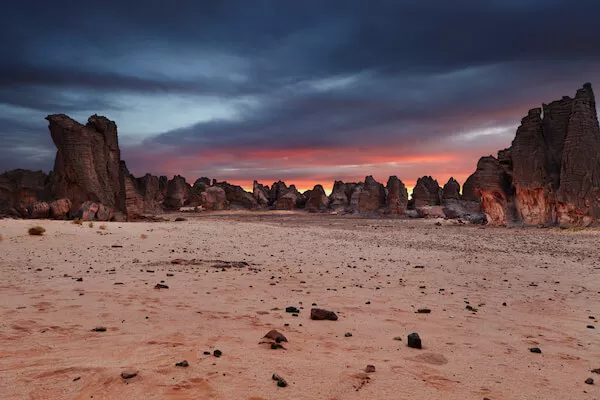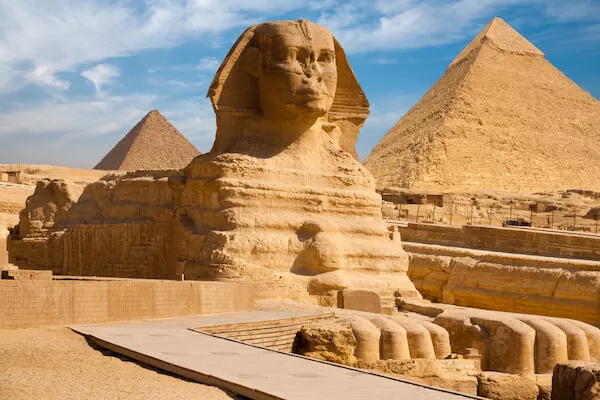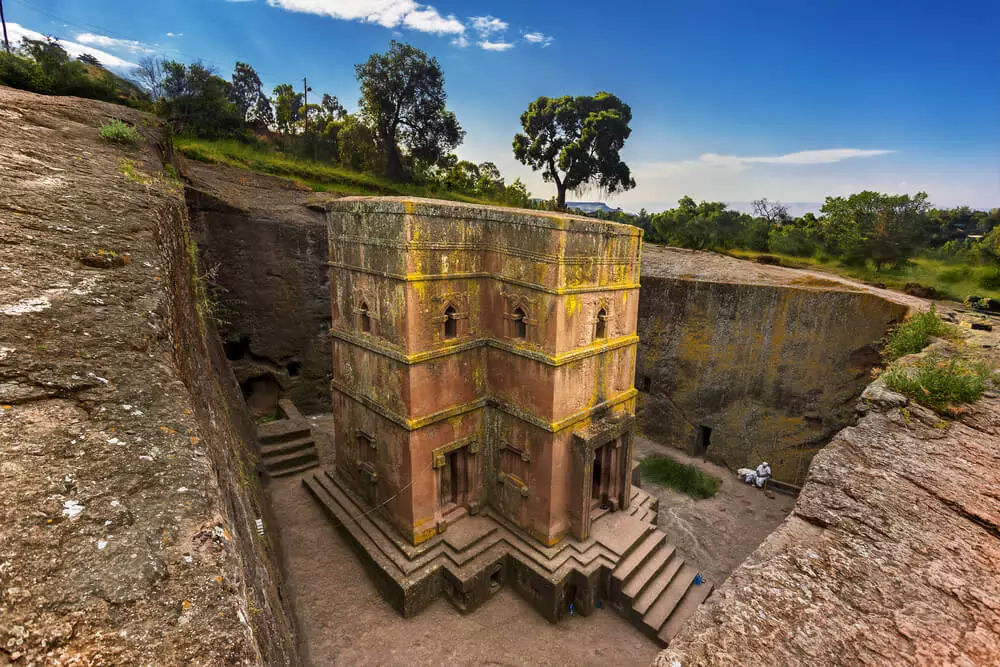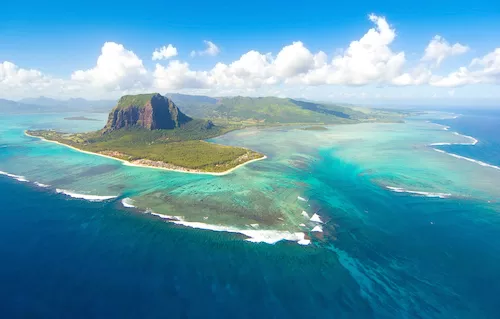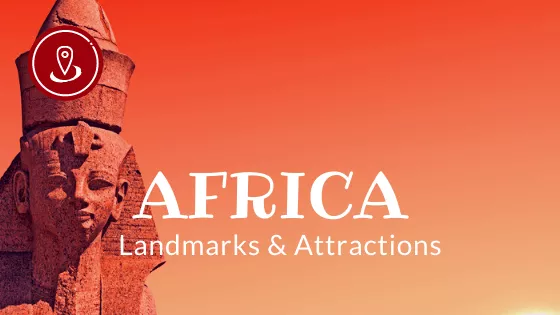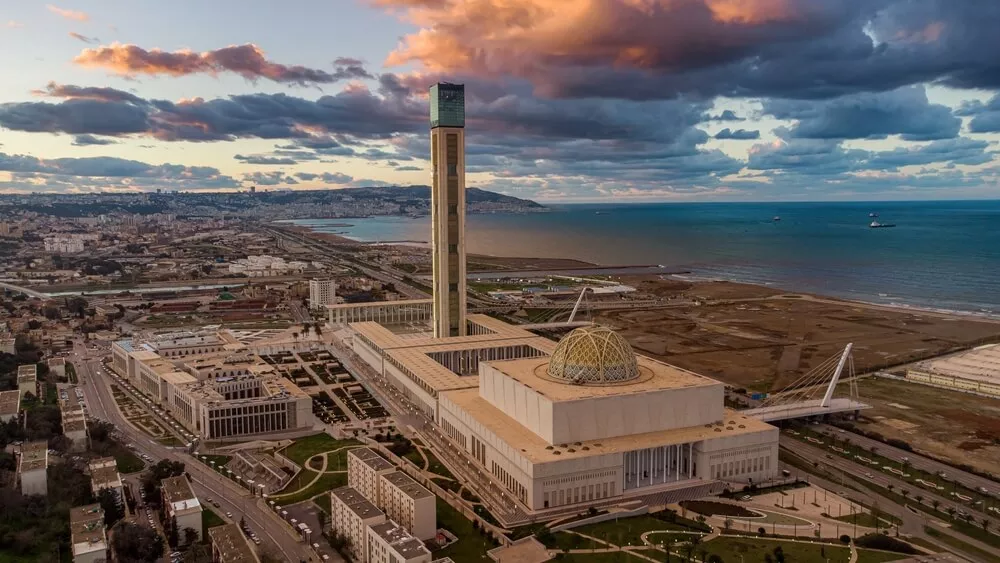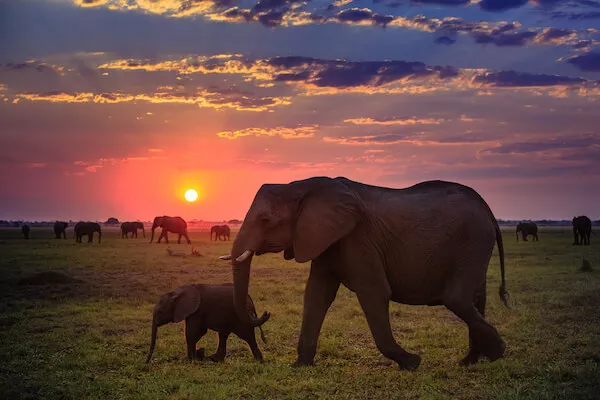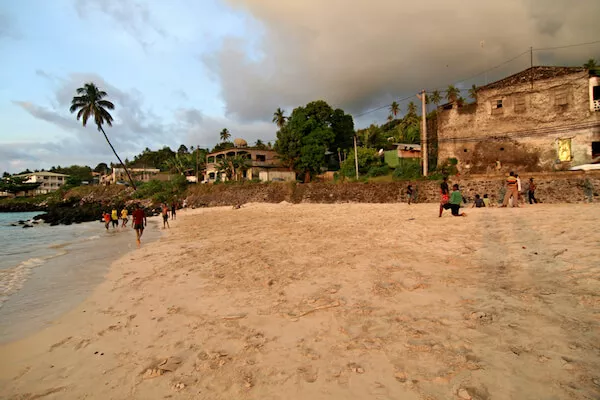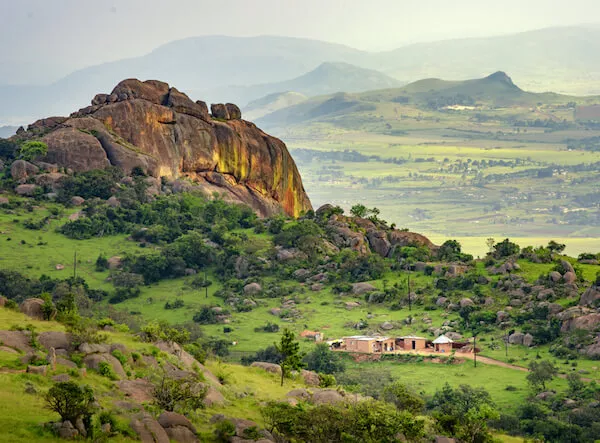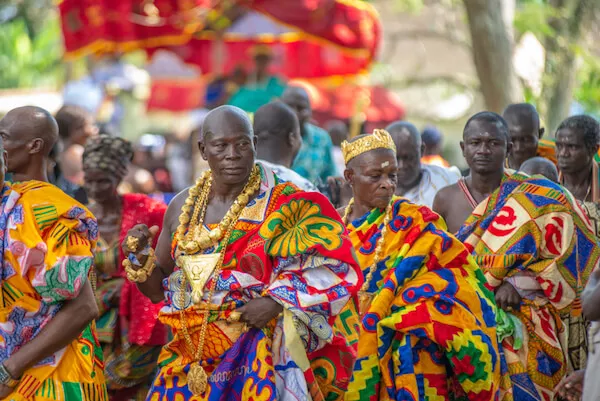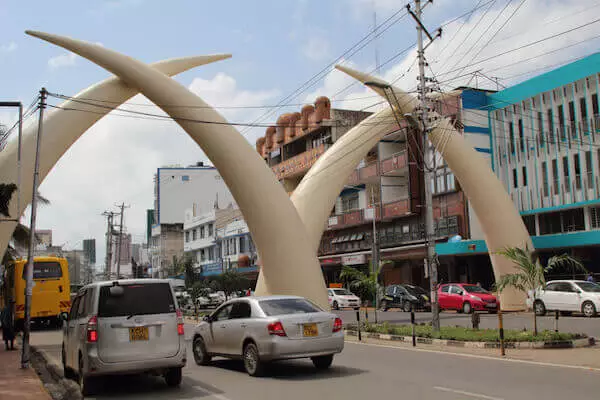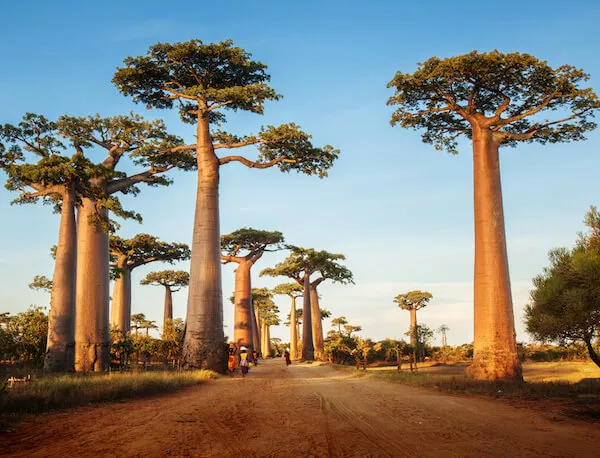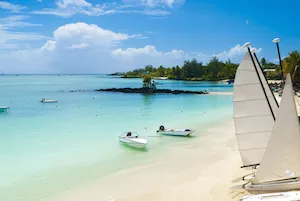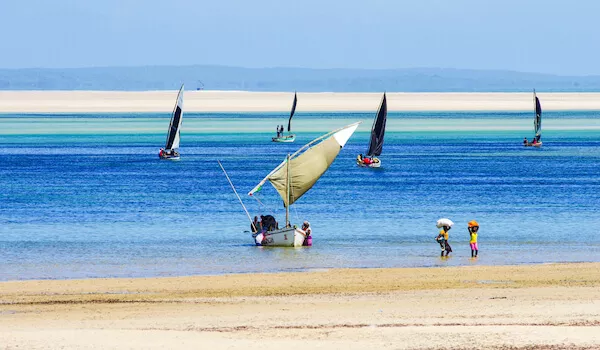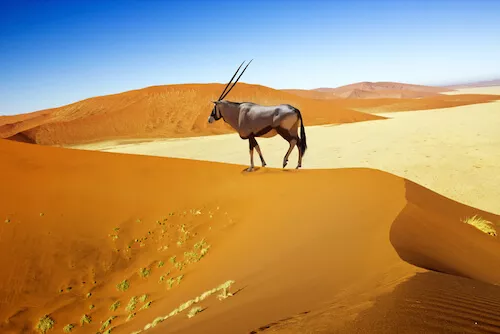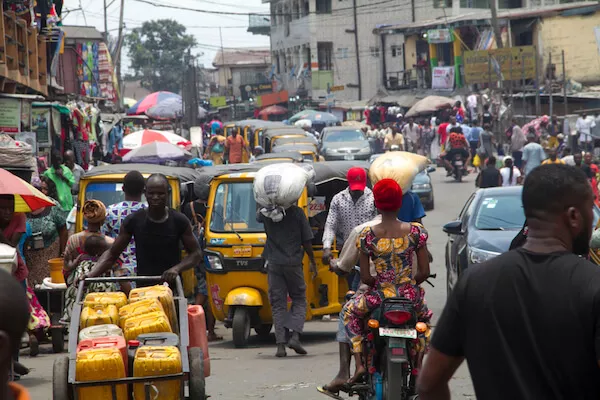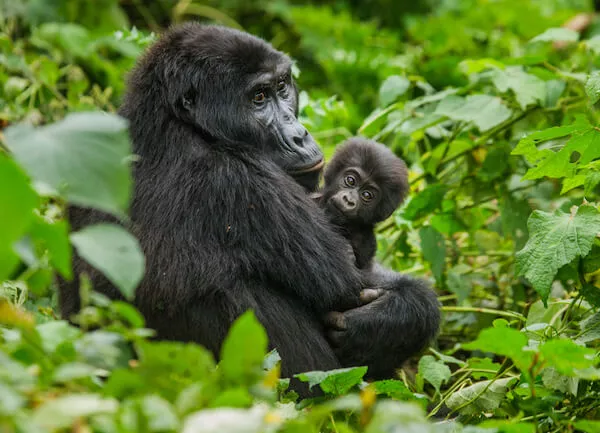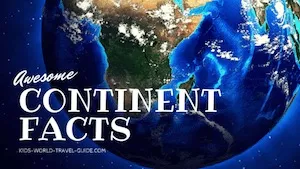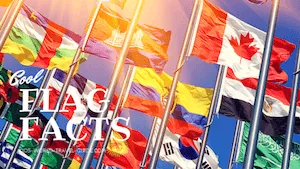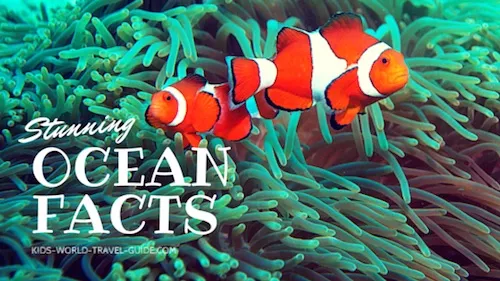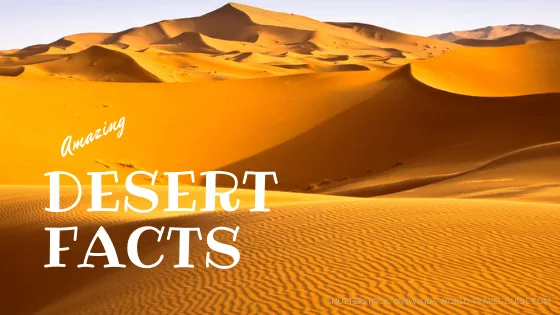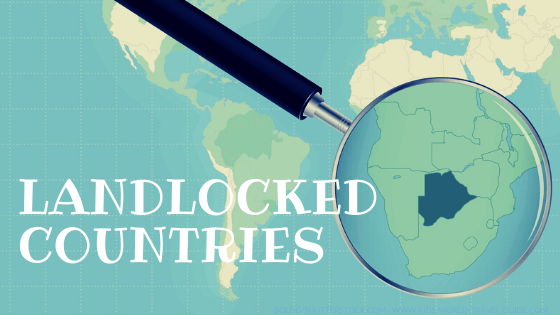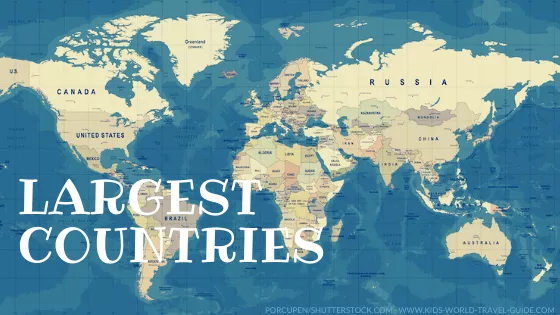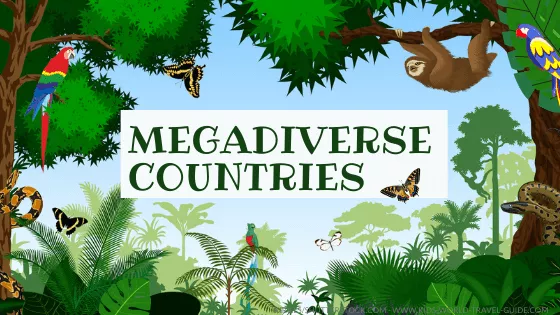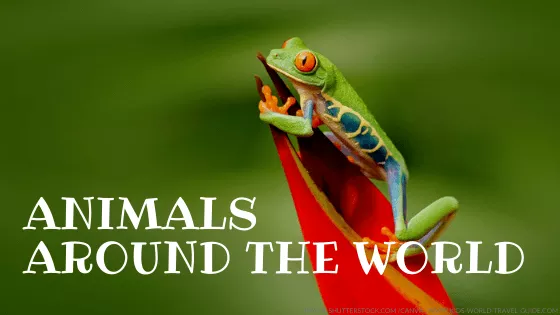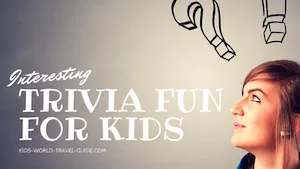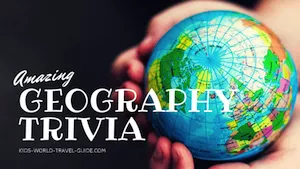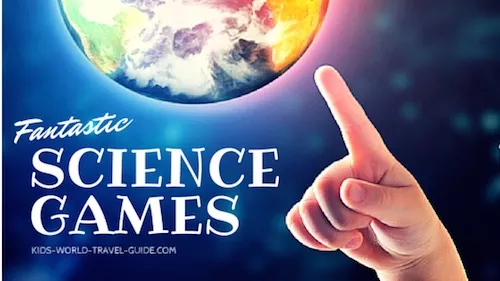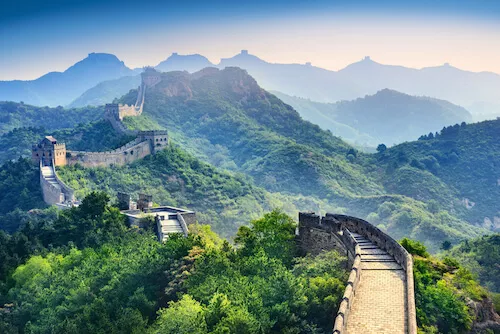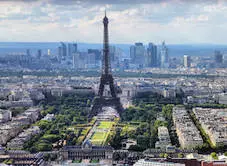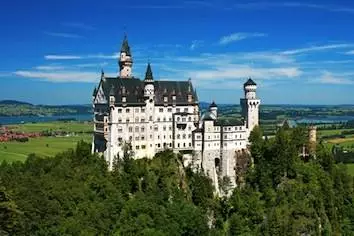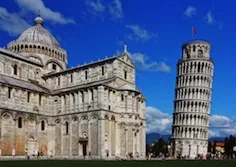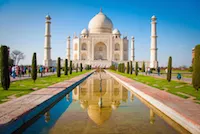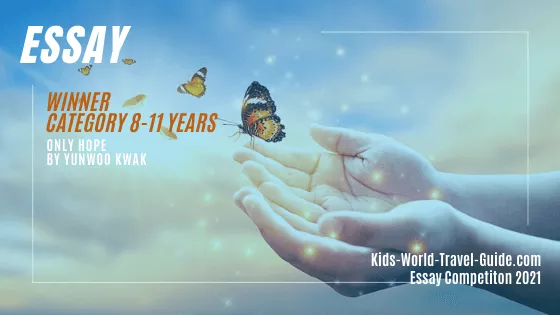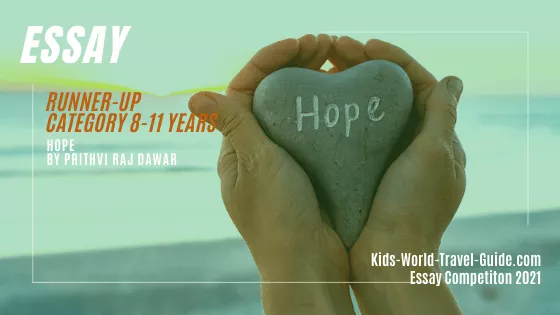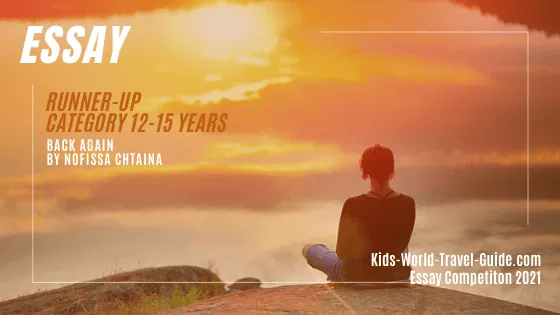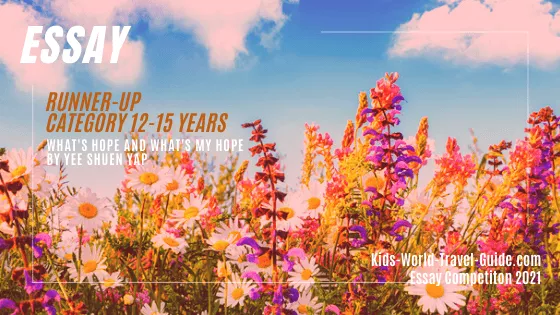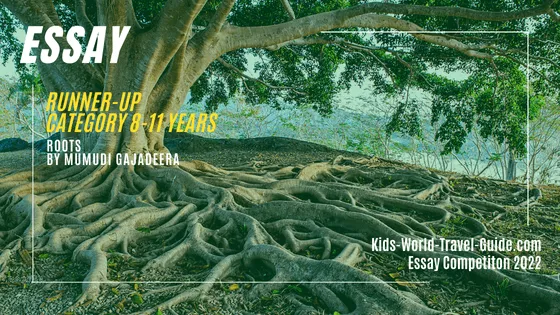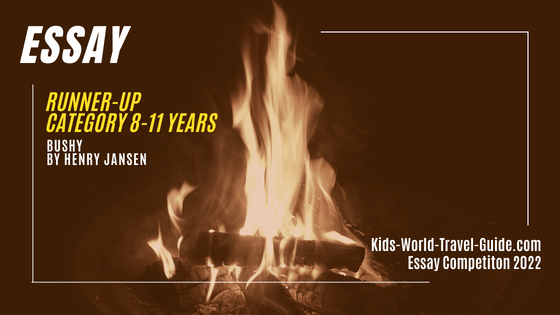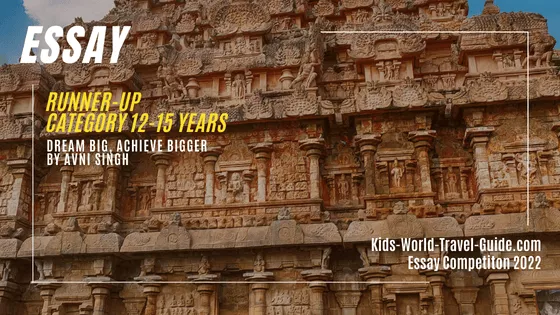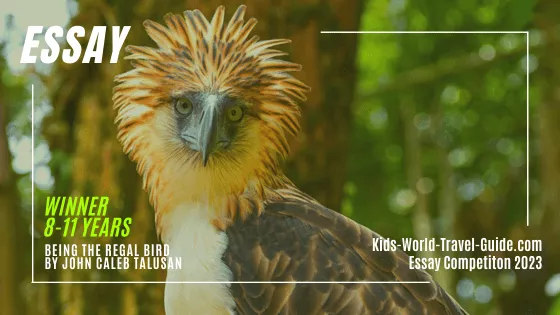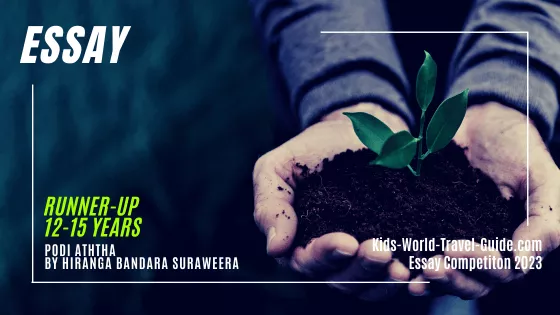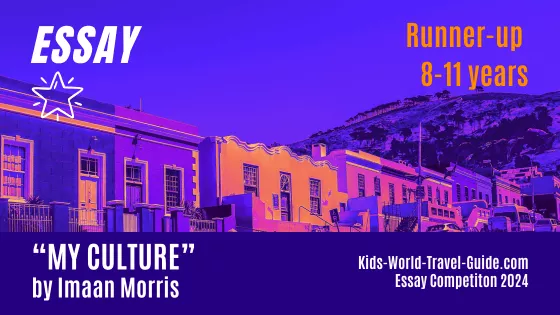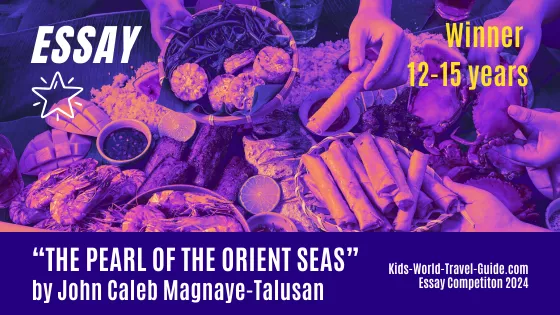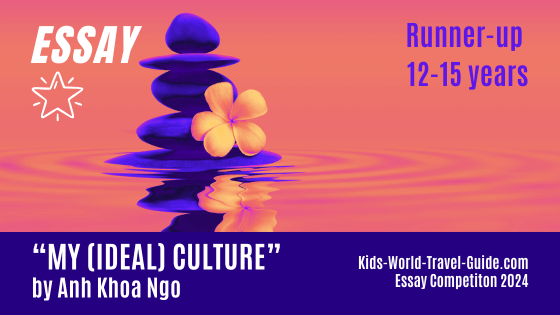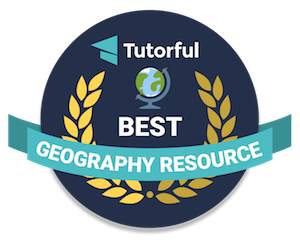- Homepage
- Tunisia
Tunisia Facts

Tunisia Facts for Kids
Here are some interesting Tunisia facts which were chosen and researched by kids especially for kids.
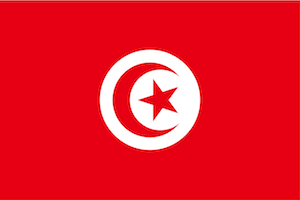 Tunisia flag
Tunisia flag- Population: 12.7 million people (2025)
- Capital: Tunis with 2.7 million inhabitants
- Name: Republic of Tunisia
- Government: Parliamentary republic
- Language: Arabic (official language), Tamazight or Berber language, French (main business language)
- Religion: Muslim 99% (Sunni)
- Currency: 1 Tunisian dinar = 1000 milim
- National Symbol: crescent moon and the five-pointed star. There is no specific national animal, but the lion, the eagle and the dromedary are often referred to as Tunisia's national animals.
- National Colours: red and white
- National Anthem: Defenders of the Homeland - listen here
- National Day: 20 March (Independence Day)
- President: Kais Saied (since 2019)
- History: Stone age finds in Tunisia date back to about 200 000 years ago and hint to early human settlements in the region. Along the north coast Phoenicians settled as early as 1100 BC.
 Ancient ruins of Carthage
Ancient ruins of CarthageCarthage was founded about 480 BC. The Romans defeated Carthage in 146 BC and ruled in the area over 800 years. Arabs conquered the region in about 600 AD before the Ottoman came to rule and from 900 AD Berbers settled in the region. Tunisia was colonised by France in 1881 and became a French protectorate in 1883. The monarchy was abolished in 1956 and independence was declared. Mass protests occurred in 2011 and start the Arab Spring. In 2014, Tunisians for the first time gained the right to vote.
Tunisia Facts | Tunisia Map
Tunisia is located on the African continent. The North African country borders Algeria, Libya and the Mediterranean Sea. Tunisia belongs to the Maghreb states - together with Algeria, Morocco and Libya. Of these it is the smallest country.
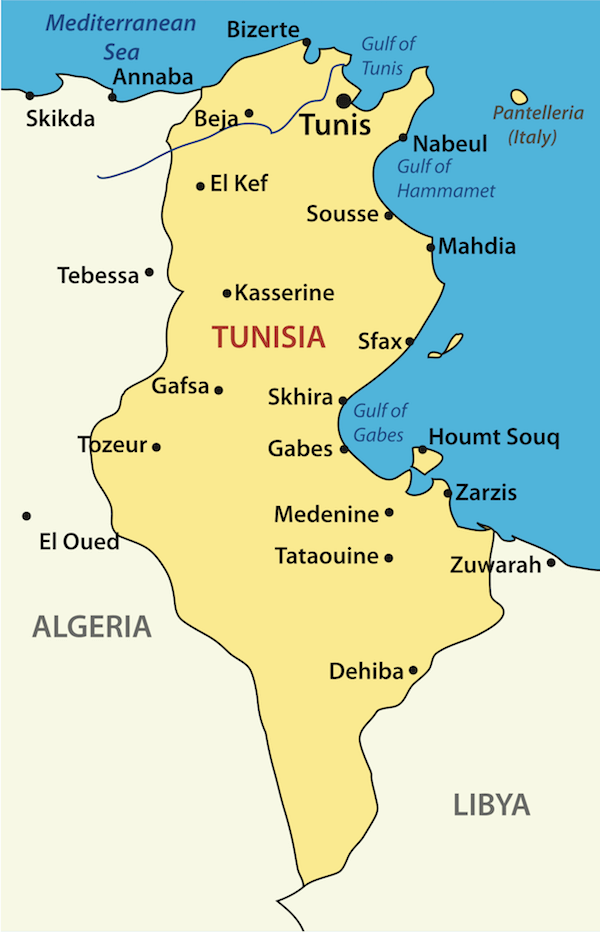 Map of Tunisia
Map of TunisiaOn the map you can also see Tunisia's neighbouring countries Algeria and Libya and the location of the country's capital city Tunis.
A flight to Tunis takes about 4-hours flight from the UK and it takes about 16-hours to fly from New York/USA.
Tunisia Geography
Tunisia is slightly larger than the state of Georgia/USA or slightly smaller than Suriname or about twice the size of Austria.
The coastal regions is fertile and has a mild Mediterranean climate. The Atlas mountains in the northern parts of the country lead to the dry central plains, where water is scarce. Tunisia's interior is arid and only very rarely seasonal streams occur in the dry Sahara desert.
 Camel trek in the desert
Camel trek in the desert- Tunisia's highest point is Jebel ech Chambi with 1544 m/ 5066 feet.
- Tunisia’s coastline stretches over 1148 km/ 713 miles.
- Cape Angela is considered to be the northernmost point of the African continent.
- The Majardah River is Tunisia’s only perennially flowing stream.
- The largest city in Tunisia is the capital city Tunis. Almost one fifth of all Tunisians live in the capital city.
Tunisia Facts:
Tourist Attractions in Tunisia
Tunisia is known for ancient ruins of Carthage, the beaches along the Mediterranean coastline, the resorts on the island of Djerba as well as desert safaris that can be undertaken in the country's interior.
 Hammamet in Tunisia is a popular destination
Hammamet in Tunisia is a popular destinationOther popular family travel destinations are:
- Tunis: Visit the medina with palaces and mosques, including the Bardo national museum with archeological exhibits. The ruins of the ancient city of Carthage are located under some suburbs of the modern city. Tunis was formerly known as Carthage, which fell to the Romans in 146 BC.
 Minaret in Tunis
Minaret in Tunis- Djerba: This Mediterranean island off the southern coast is popular for its beaches, whitewashed towns, the fishing port town of Houmt Souk and its castle as well as for its popular tourist resorts.
 Djerba beach
Djerba beach- Kairouan is known for the magnificent Great Mosque, the Mosque of Uqba.
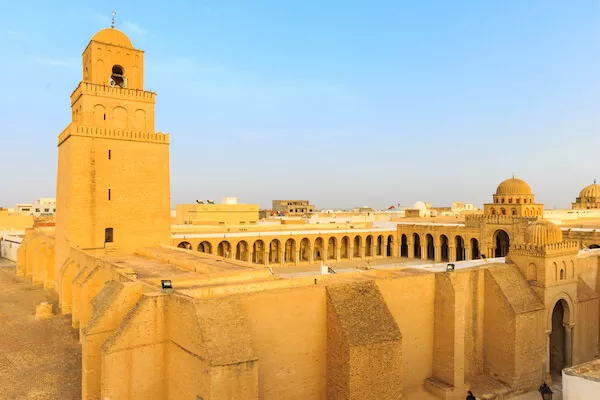 Great Mosque of Kairouan
Great Mosque of Kairouan- El Djem Amphitheatre was built when Tunisia once belonged to the Roman Empire and is one of the largest amphitheatres in the world. It could seat over 30 000 spectators. This famous Tunisian landmark is located between the cities of Sousse and Sfax.
 El Djem Amphitheatre in Tunisia
El Djem Amphitheatre in TunisiaTunisia Economy | Tunisia Facts
The economy in Tunisia is mainly driven by agriculture, tourism and textiles industries. Mining of phosphates and iron ore and zinc as well as petroleum also play an important role in the country's economy.
 Dates on a tree in Tunisia
Dates on a tree in TunisiaAbout two thirds of the country are used for agriculture, however, less than one third of the population work in this sector. Date plantations in the southern parts of the country as well as olive plantations in the coastal regions are important for the agricultural sector.
 Olive plantations in Tunisia
Olive plantations in TunisiaThe main agricultural products are olives, citrus fruits, grains, grapes, melons and figs.
Pottery products are popular and are sold at most markets.
 Pottery sold at a market in Tunisia
Pottery sold at a market in TunisiaThe biggest trading countries that trade with Tunisia are Italy, France, Germany and China. The European Union is with almost 80% the biggest trading partner.
Among the major cities in Tunisia are Tunis, Sfax, Kairouan and Sousse.
 City of Sousse in Tunisia
City of Sousse in TunisiaTunisia Facts | Tunisian People
About 70% of all Tunisians live in urban areas, such as the capital city or the cities and towns along the Mediterranean coast.
Thus most of the people live in the northern parts of the country while the southern parts of Tunisia are very sparsely populated.
 Berber cave homes in Tataouine - image by Yakub88
Berber cave homes in Tataouine - image by Yakub88The unemployment rate is high among the young population and stands at about 35% for all Tunisians aged 15 - 24 years. About 81% of the people can read and write, mainly older people are illiterate.
Tunisia spends a lot of money on education and thus the education of the young people is good and Tunisians on average enjoy 15 years of education including school, college and university. While Arabic is the main language of instruction, both French and English are taught at school.
 Women in Tunisia - image by BTW Images
Women in Tunisia - image by BTW ImagesWomen rights are considered advanced in Tunisia. Arranged marriages and polygamy (being married to more than one woman) are illegal.
Football is the most popular sport in Tunisia, running and hiking are as popular as watersports such as swimming and windsurfing at the coastal resorts.
Languages in Tunisia
Arabic is the official language in Tunisia.
The Arabic spoken in Tunisia is called Tounsi. The Tunisian Arabic that is slightly different to the Standard Arabic. However, French and Standard Arabic are spoken by most people in Tunisia.202
English can be understood and spoken mainly by young people who learn the language in school or privately. Older people usually can speak French and some can speak Italian.
Food in Tunisia | Facts about Tunisia
Dates, olives, citrus fruits and a wide range of vegetables such as tomatoes, aubergines, peppers are used in the cuisine in Tunisia.
 Chicken lemon tajine dish
Chicken lemon tajine dishHere are some typical Tunisian food and dishes:
- Tajine: also called 'Tagine', is a stew prepared with mixed lamb meat, vegetables and spices that are combined and then cooked in special clay pot with a conical hat.
- Couscous: also called ‘kosksi’ in Tunisia, is wheat semolina that is cooked in a special steamer pot and served mixed or accompanied by vegetables and lamb
 Traditional couscous dish in Tunisia
Traditional couscous dish in Tunisia- Harissa: fiery red sauce made with tomatoes and chillies is served with most dishes
- Kofta: minced meat patties (mainly lamb) with onions and various spices.
- Lablebi: chickpea soup
- Makroudh: typical Tunisian sweet pastries
 Typical Tunisian pastries
Typical Tunisian pastriesTunisia Animals
One animal that often is considered as typical Tunisian national animal is the dromedary. Did you know that it is quite easy to distinguish a dromedary from a camel? A dromedary only has one hump while a camel has two!
 Dromedary in Tunisia
Dromedary in TunisiaTunisia has eight UNESCO world heritage sites among them is Ichkeul National Park. This park is a sanctuary for migrating birds in winter.
 Desert Fox
Desert FoxDid you know?
Tunisians thank with a simple gesture, placing the right hand onto the chest close to the heart.
The dress code in Tunisia is western but modest attire is to be worn. Most women do not wear a veil and wearing a veil is not allowed in schools and universities!
Tunisia Facts: Resources
Sources for Tunisia Facts page:
- Central Intelligence Agency. "Tunisia". The World Factbook. Last updated 7 January 2025. Last accessed 10 January 2025
- Tunisian National Tourism Office. "Tunisia". Discover Tunisia Differently. Last accessed 10 January 2025
- BBC News Service. "Tunisia Country Profile." BBC News. Last update 9 October 2024. Last accessed 10 January 2025
Image Credits on Tunisia Facts: photo stock from shutterstock and wikicommons, if not otherwise stated.
We hope you enjoyed reading our Tunisia Facts. Please bookmark this page and spread the word. We will add more information in the near future.
Popular Pages
Go from Tunisia Facts to Africa Continent Facts
Back from Tunisia Facts to Kids-World-Travel-Guide
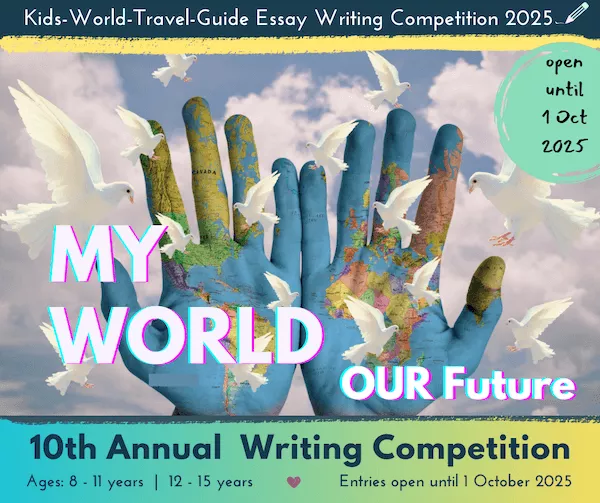
More Countries in Africa
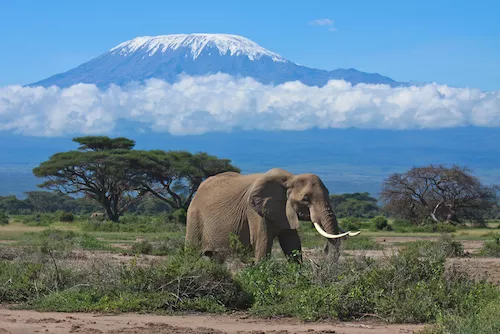 Tanzania
TanzaniaLike what you read?

|
Simply share the html code below. Copy and paste onto your website, blog or Facebook page: <a href="https://www.kids-world-travel-guide.com/tunisia-facts.html">Kids World Travel Guide: Tunisia Facts for Kids</a> |
